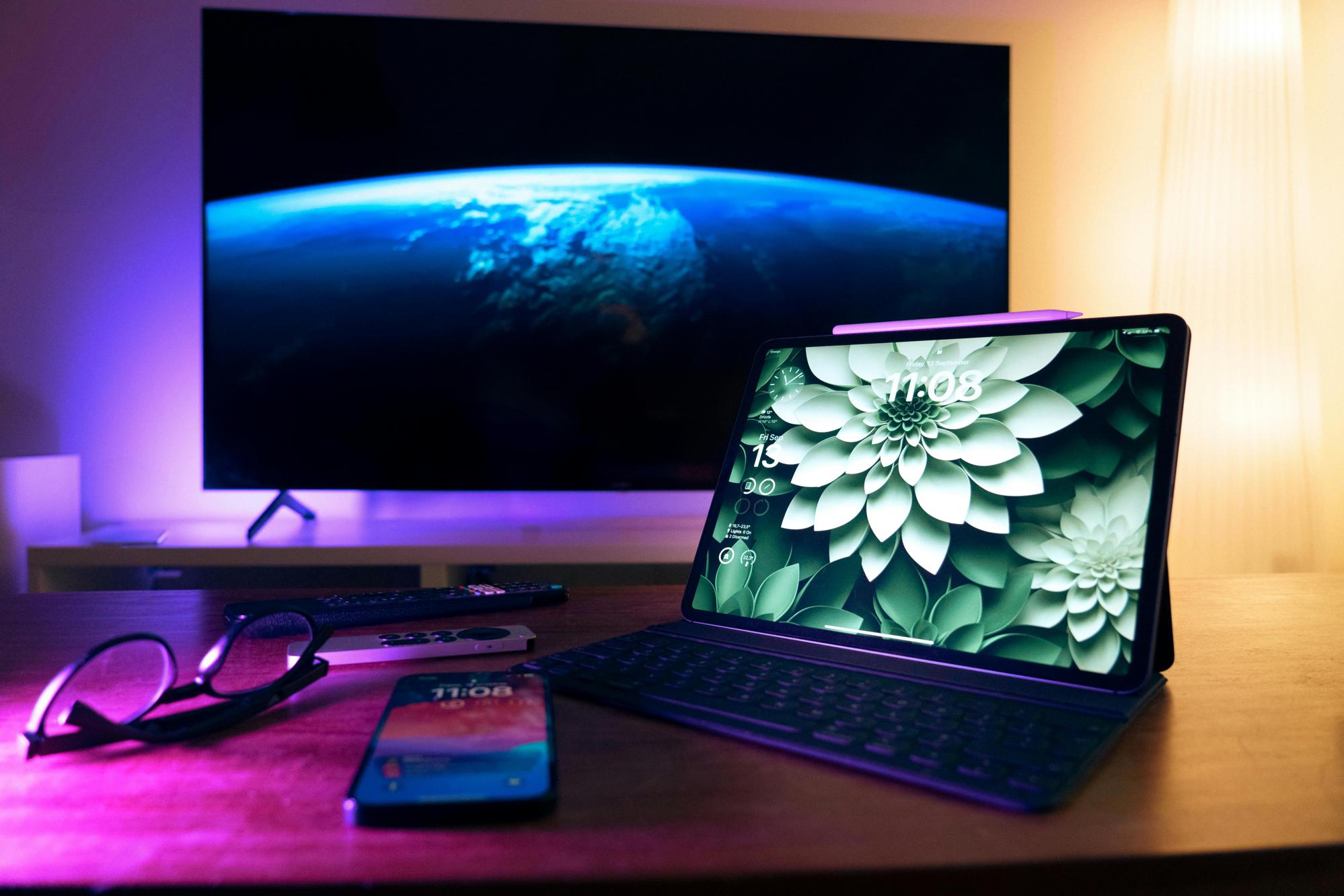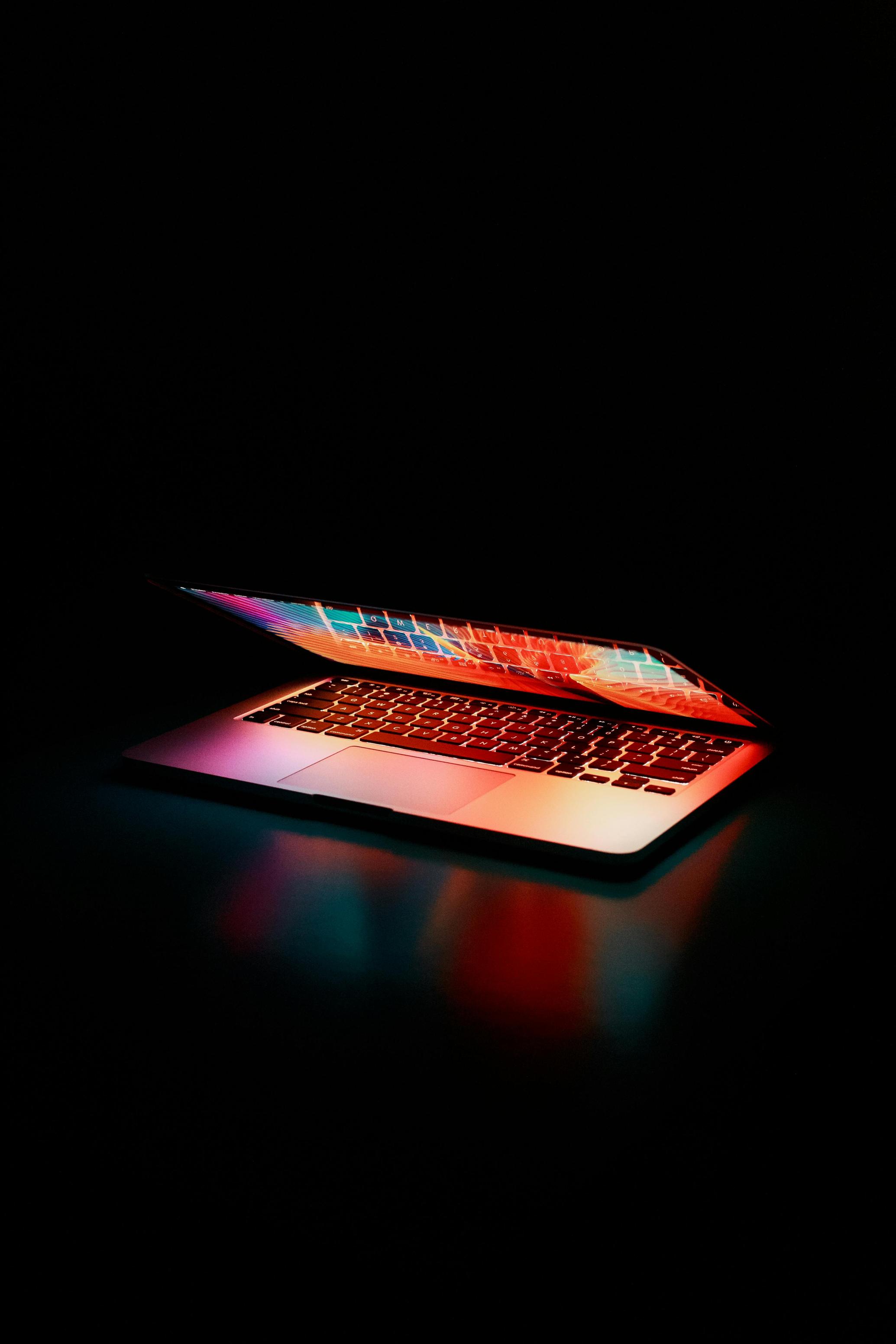How to Fix and Prevent Laptop Screen Flickering in 2024
Introduction
Laptop screen flickering is a common yet frustrating issue that many users encounter. The flickering can vary from minor disturbances to constant screen disruptions, making it challenging to focus or complete tasks. Addressing this issue promptly not only restores your peace of mind but also ensures your laptop's long-term functionality. This guide provides a comprehensive overview of the causes, diagnostics, and solutions for laptop screen flickering, along with preventive measures to help you avoid future problems.

Common Causes of Laptop Screen Flickering
Understanding the common causes of laptop screen flickering is crucial for effectively addressing the issue. Here are the most frequent causes:
-
Loose or Damaged Screen Cables: Over time, the ribbon cables inside the laptop can become loose or damaged, especially if the laptop is frequently moved or bumped.
-
Outdated or Corrupted Drivers: Display drivers that are outdated, corrupted, or incompatible with the operating system can lead to screen flickering.
-
Refresh Rate Issues: Incorrect display refresh rates can cause your screen to flicker. This is often an issue with external monitors but can also affect laptop screens.
-
Hardware Malfunctions: Faulty or aging hardware components, such as the graphics card or the display itself, can result in flickering screens.
-
Interference from Background Applications: Background applications or software conflicts can sometimes interfere with the display, leading to flickering.
By identifying the root cause, you can choose the most appropriate solution rather than applying a trial-and-error approach.

Diagnosing the Problem
Before diving into the fixes, it's essential to diagnose whether the flickering is due to hardware or software issues. Diagnosing the root cause helps in applying the right fix.
-
Check for Loose Connections: Open the laptop and ensure all ribbon cables and display connections are secure. If you're uncomfortable doing this, seek professional help.
-
Test in Safe Mode: Restart your laptop in Safe Mode. If the flickering stops, it's likely a software issue. Safe Mode runs only essential drivers and applications, helping you isolate the problem.
-
Update Display Drivers: Outdated or corrupt drivers can cause screen flickering. Update your display drivers through the Device Manager to see if this resolves the issue.
-
Change Refresh Rate: Navigate to your display settings and adjust the refresh rate. Most laptops have a recommended refresh rate, typically 60Hz. Changing this to a higher or lower value may eliminate flickering.
-
Check for Hardware Issues: Connect your laptop to an external monitor. If the external display doesn't flicker, the problem may lie within your laptop's internal display or cables.
By methodically diagnosing each possible cause, you can narrow down the issue, making the subsequent fixes more effective.
Fixing Screen Flickering: Hardware Solutions
When diagnosing reveals a hardware issue, here are some solutions you can consider:
-
Secure or Replace Loose Cables: Open your laptop (if you feel confident doing so) and ensure that all internal cables are properly seated. Over time, these connections can become loose due to constant movement.
-
Fix or Replace the Display: If you detect that the screen itself is faulty, you may need to replace the display. This can be an intricate task, so consider hiring a professional.
-
Check Graphics Card: Sometimes, the problem may lie within the graphics card rather than the display. Ensure the graphics card is correctly seated. If it's faulty, replacing the card might be necessary.
-
Cooling and Ventilation: Overheating can sometimes cause flickering. Ensure that your laptop's cooling system is working correctly and that vents are not blocked.
By addressing these hardware-related issues, you can effectively fix screen flickering and extend the life of your laptop.
Fixing Screen Flickering: Software Solutions
If you've determined the issue is software-related, the following steps should help:
-
Update Drivers:
- Go to the Device Manager.
- Expand Display Adapters.
- Right-click on your graphics card and select 'Update driver'.
Keeping your drivers updated ensures compatibility and optimal performance.
-
Adjust Refresh Rate:
- Right-click on the desktop and select Display settings.
- Scroll down and click on Advanced display settings.
- Adjust the refresh rate to the recommended value, typically 60Hz.
-
Check for Software Conflicts:
- Open Task Manager by pressing Ctrl+Shift+Esc.
- Observe if any specific application is causing high CPU or GPU usage.
- Try disabling or uninstalling recent applications that may have caused the conflict.
-
Run a Virus Scan:
- Malware can sometimes cause hardware anomalies. Run a full system scan using reputable antivirus software.
-
Adjust Power Settings:
- Go to Control Panel > Power Options.
- Use the Balanced power plan.
- Avoid High Performance mode if it causes overheating, leading to flickering.
-
Boot in Safe Mode:
- If the flickering stops in Safe Mode, identify and disable services from Msconfig that are non-essential.
- Reboot and observe the system in normal mode to see if the flickering persists.
Using these software solutions, you can often resolve screen flickering without needing to delve into hardware repairs.
Preventive Measures
After resolving the flickering issue, take these preventive measures to avoid recurrence:
-
Keep Drivers Updated: Regularly check and update your display and graphics drivers.
-
Use Protective Gear: Equip your laptop with a durable case to prevent physical damage.
-
Maintain Proper Ventilation: Ensure your laptop is well-ventilated to prevent overheating.
-
Screen Care: Avoid pressing on the lid or screen, and clean the screen with appropriate materials to prevent damage.
These preventive steps will help maintain your laptop's health, ensuring a flicker-free experience.
When to Seek Professional Help
If you've tried all the mentioned solutions and the flickering persists, it might be time to consult a professional. Professional technicians can accurately diagnose and solve complex hardware issues, potentially saving you from costly mistakes and future frustrations.

Conclusion
Addressing laptop screen flickering involves understanding the problem, diagnosing its source, and applying the appropriate fixes. Whether your issue is hardware or software-related, this guide provides effective solutions to restore your laptop's display to its optimal state.
Frequently Asked Questions
What are the main causes of laptop screen flickering?
Common causes include loose cables, outdated or corrupt drivers, incorrect refresh rates, hardware malfunctions, and interference from background applications.
Can updating drivers help fix screen flickering?
Yes, updating or reinstalling display drivers can often resolve screen flickering, especially if the issue is software-related.
How do I know if the flickering is a hardware or software issue?
Boot your laptop in Safe Mode, check for loose connections, and test with an external monitor. If it stops flickering in Safe Mode, it's likely a software issue. If it persists, hardware might be the culprit.



